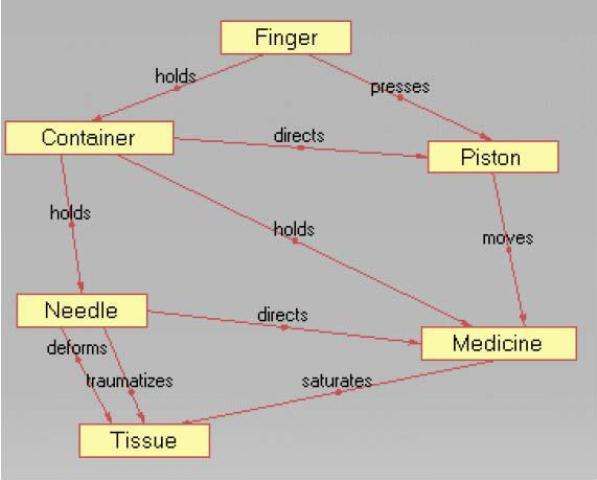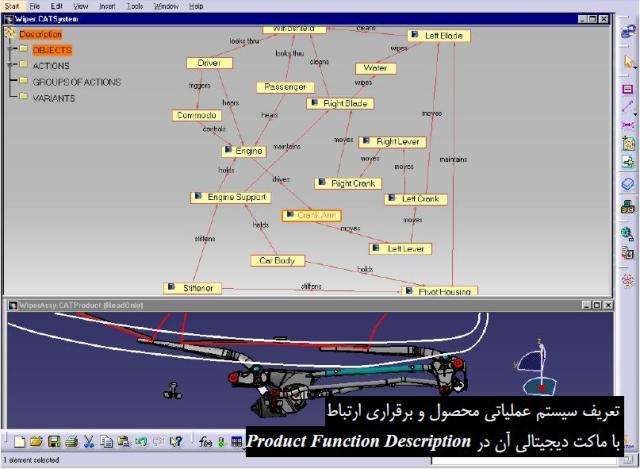لینک دانلود و خرید پایین توضیحات
فرمت فایل word و قابل ویرایش و پرینت
تعداد صفحات: 15
Challenges in Product Management
Product management
Summary
Complex products and global integrations add additional challenges to a companies product information management process. In order to avoid delays and future issues, even small local projects to automate product information management need to think a bit globally and longer term.
This white paper provides the reader with an overview of the typical issues a company has to face when working to integrate and automate its product information, with the idea that understanding the problem is the first step in avoiding or solving it.
The problems discussed include:
Data Synchronization and Update
The “Minimum Common Data Structure” Issue
Variation and Configuration
Sales Process Integration
Procurement Process Integration
Globalization
Standardization
Operations
Quality
Challenges in Product Management
Introduction
What Is Product Management?
If you work in procurement, sales or IT for a large or mid-sized company, it’s likely that:
You’re struggling to coordinate your product information between catalogs, your web site, your intranet or your customers’ e-procurement portals, or
You’re talking about implementing a product configurator or an improved online product catalog, or
You’re trying to maintain and synchronize product data internally between multiple divisions, systems, and processes, or
Sales is looking to you to provide the infrastructure and support to integrate product information into a customer’s e-procurement portal, or
You’re wondering how you can streamline your procurement process, or how to get vendors to provide better information for your e-procurement system.
It’s not hard to see how these questions are related; each is a piece of the larger question of product information management.
Product information management is the process of controlling the quality and flow of product information from seller to buyer.
It’s a part of every business in every industry, and it’s become exponentially more complicated. Every sale requires a seller to provide product information - technical information, pricing information, product descriptions, graphics - and a buyer to use this information to make a choice. This information comes from multiple sources – engineering, marketing, sub-suppliers and product management and moves through multiple “channels” - print catalogs, web sites, procurement systems - to multiple buyers. As the number of each increases - sellers, channels, buyers - so do errors and costs.
Why Is Product Management So Challenging?
Product management is about managing the quality and flow of product information across internal boarders within a company and between companies. Many people are responsible for a small portion of the overall product information management process, but traditionally few people, if anyone, are responsible for the entirety. Similar to the challenge of multiple blind men trying to describe an elephant by feel, each participant in the overall process understands his part in the process, but few see the complete challenge.
Understanding product information management requires stepping back and analyzing the whole process, from all points of view. Rather than looking at the work of a single department, or a single company, product information management looks across roles, across departments, and across company boundaries.
Product managers coordinate specific ranges of products.
Engineering teams maintain technical content and configuration logic.
Marketing teams develop convincing descriptions and graphics.
Portfolio managers build product portfolios appropriate to the market.
Regional sales teams localize and translate content.
Sales teams maintain a customer centric view, being responsible for a customer’s pricing and contracts.
Procurement managers integrate suppliers into their procurement process.
Project managers and engineers search catalogs to find the solution to their current needs.
These, and many others, are all connected to of the same discipline - product information management. Most, however, see only the details and problems associated with their own role. Even when taking a step back and analyzing the problem across the divisions within their own company, most focus only on their own challenges as a seller or as a buyer.
Product information management integrates sellers and buyers and must adapt to the challenges faced by both.
Knowledge is Power
During the past years, through the e-business build out, both companies building automated sales or e-procurement processes and the software companies serving them focused on the end result – the website, the store, the “shopping basket” and the ordering process. In the end, the stores were completed, the processes rolled out, the budgets gone, and the product content – that which the buyers or sellers were trying to automate, was still missing.
This white paper does not solve the challenges surrounding product information management. There is no silver bullet, and no one system that does it all. Rather, This paper provides the reader with an overview of the typical issues a company has to face when working to integrate and automate its product information, with the idea that understanding the problem is the first step in avoiding or solving it.
This paper is also not meant to intimidate, showing a nightmare scenario in order to scare the readers into an overblown project or solution. Companies organizing their product information management processes should look around, see the full scope of the issue, and then pick a small area and just pragmatically begin.
Challenges in Product Information Management
An analysis of the core processes within product information management, however, when combined with the limitations of the current methods running within many companies, reveals a series of standard challenges that must be faced and overcome by any company wishing to improve its overall product information management efficiency.
Data Synchronization and Update:When product information is added or updated by the supplier at its source, how does this change reach all of the places where it is used? How can this be

رقابت در مدیریت تولید 14







